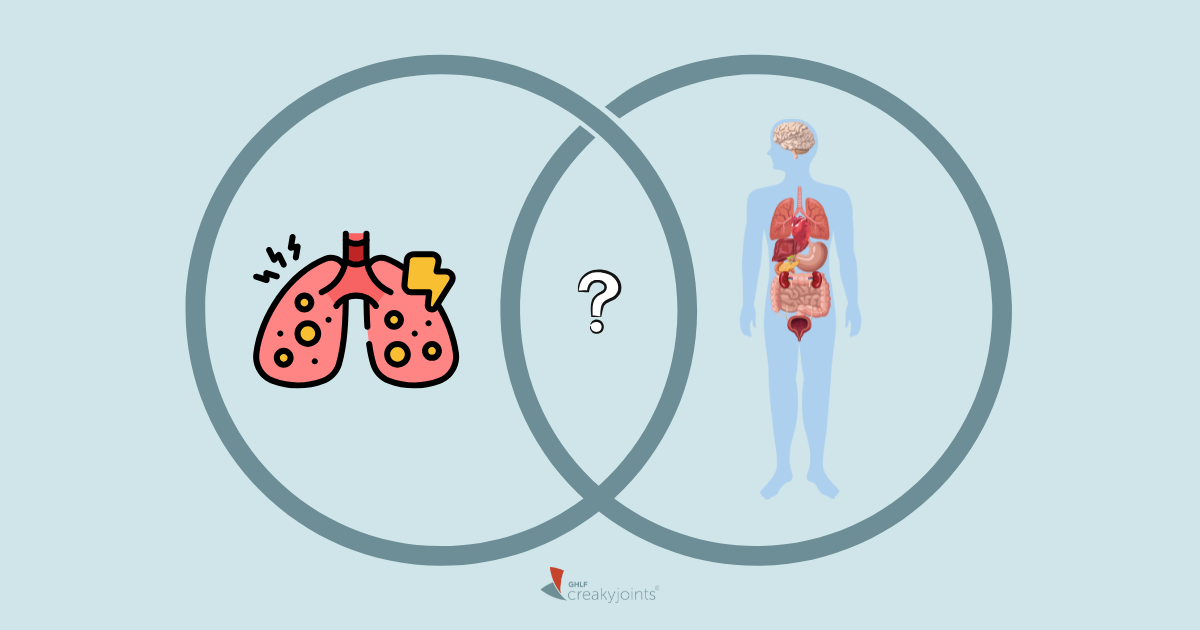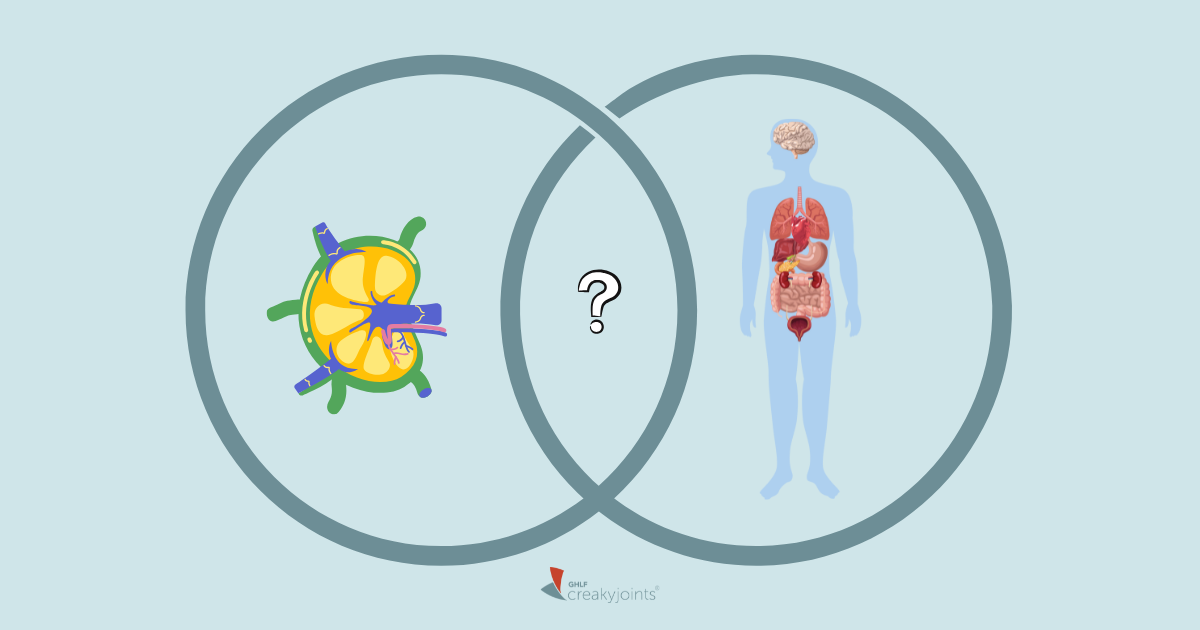If you vape marijuana or CBD (cannabidiol, a non-intoxicating chemical found in cannabis plants) to ease your pain, tame inflammation, reduce anxiety, or help you sleep, you’re probably concerned by recent reports about lung disease and deaths among vape users. In the past few days, the U.S Centers for Disease Control and Prevention (CDC) have issued warnings tied to what appears to be a serious outbreak: As of September 9, 2019, the agency reported that there have been over 450 possible cases of lung illnesses and five deaths throughout the U.S., all tied to vaping.
According to the CDC, most people who became ill reported that they recently vaped a product that contained THC (tetrahydrocannabinol), which is a psychoactive component of marijuana that gets users “high.” Some also vaped nicotine and a few said they had only vaped nicotine (not cannabis).
What Is Vaping, and What Makes It Dangerous?
While it would be easy to point fingers at cannabis or nicotine, most experts don’t believe that these substances themselves are what’s making people sick. The leading theory is that the recent outbreak of isn’t due to the “active ingredient” (such as cannabis or nicotine), but rather dangerous additives and contaminants.
Vapes, which may also be called vape pens, vaporizers, e-cigarettes, and e-hookahs, are battery-powered gadgets that heat a substance and turn it into an aerosol form that can be inhaled. Most hold a cartridge that’s designed to heat a liquid, such as an oil, but there are also dry vapes that are made to smoke dry flowers or herbs.
As authors of a recent New England Journal of Medicine study pointed out, “e-cigarette aerosol is not harmless; it can expose users to substances known to have adverse health effects, including ultrafine particles, heavy metals, volatile organic compounds, and other harmful ingredients.”
Some experts believe that vitamin E acetate, an oil that’s derived from vitamin E, might be an especially problematic additive in some vape products. On September 5, the New York State Department of Health issued a statement noting that lab tests showed “very high levels of vitamin E acetate in nearly all cannabis-containing samples analyzed… At least one vitamin E acetate-containing vape product has been linked to each patient who submitted a product for testing.”
The investigation in New York was spurred by reports of at least 34 severe pulmonary illnesses among users (ages 15 to 46), all of whom had vaped cannabis.
According to the CDC, vape users around the country who have become ill have experienced a range of symptoms including coughing, shortness of breath, chest pain, vomiting, fever, and tachycardia (dangerously fast heartbeat).
Is It Safe to Keep Vaping?
While health authorities are continuing to investigate, the official advice from the CDC and others is that vaping may not be safe, so people should stop doing it.
“Until the investigation into the cause of this epidemic of vaping-induced respiratory injury is complete, no conclusions can be drawn as to which compound or compounds are the causes of injury,” David C. Christiani, MD, wrote in an editorial in the New England Journal of Medicine. “In light of these cases, however, efforts should be made to increase public awareness of the harmful effect of vaping, and physicians should discourage their patients from vaping.”
If you have teens or young adults who vape THC, CBD, or nicotine, make sure you talk to them about these disease outbreaks and the risks of vaping.
What Chronic Pain Patients Need to Know
While that advice might fly with recreational vape users, where does it leave chronic pain patients who have come to rely on cannabis or CBD for symptom relief? Here’s some guidance, though you should always talk to your health care provider about what is safe and right for your specific health needs and circumstances.
1. Use cannabis/CBD via another delivery method
Rheumatologist Rajat Bhatt, MD, with Prime Rheumatology in Texas, believes that vaping is more dangerous than using cannabis orally (through an edible, tincture, capsule, or oil) or topically (with a cream, salve, or oil that’s applied to the skin). “Evolution has not designed us to inhale anything else but the normal atmosphere,” he says.
2. If you’re going to continue vaping, make sure you trust your source for products
While it may be safest to avoid vaping until there is more research into what’s causing these lung disease outbreaks, some experts believe that vaping can be safe if you take certain precautions. For example, Matthew Mintz, MD, an internist in Bethesda, Maryland who prescribes medical marijuana to some patients, does not believe that vaping itself is necessarily dangerous, though he admits that long-term data is lacking. For now, his take is that if you’re going to vape, it’s critical to use a quality product.
“Almost all of the products linked to the serious cases of lung disease [so far] were electronic cigarettes that were not produced by the one of the major manufacturers and had contaminants. These were likely off-brand or even homemade products,” he explains. “In most states where medical marijuana is legal, products are highly regulated and thus less likely to have contaminants.”
Vapes from state-regulated medical marijuana dispensaries are more likely to be safe, he continued. “Any other vape products should be used with extreme caution or not at all,” he says.
“For hemp-based CBD product, make sure the company is reputable and the products are lab-tested by an independent third-party lab,” Dr. Mintz adds.
3. Vape dried flower (bud) instead of oil or concentrates
“The spate of respiratory illnesses has been linked specifically to cannabis concentrates and e-juices. I encourage patients to avoid these, especially products from the illicit market,” says cannabis nurse Jessie Gill, RN, who suggests vaping dried flower instead. “If patients insist on vaping concentrates, I encourage them to choose pure cannabis oil with no additives.”
4. Choose your equipment wisely
Gill recommends the Volcano Vaporizer for people who wish to vape but find that it makes them cough, although it won’t protect you from contaminants. “One of the best features of the Volcano is that the vapor has time to cool before being inhaled, and the heat can trigger bronchospasms in some patients,” she says. Vincent Maida, MD, a palliative care physician and cannabis expert who’s based in Canada, also likes the Volcano. “This device is the only unit that is approved by Health Canada as a medical device,” he explains. “I believe vaping is safer when vaping dry bud in a Volcano.”






